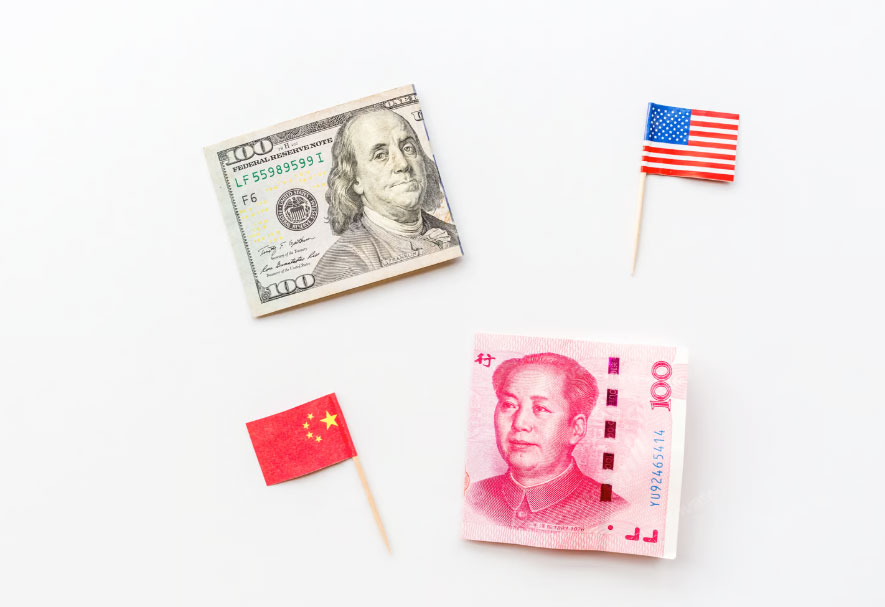With talk of tariffs and trade wars commanding front-page headlines, it’s important for investors
to pause, take a breath and evaluate the events through a long-term lens. What are the actual,
lasting impacts of tariffs on the United States and other countries? Will they outweigh other
factors driving the growth of the world’s largest economy? And what happens next?
In the first weeks and months of Trump’s second term, he has issued executive orders to tighten
immigration policies, energy policies, slash government spending and budgets, and pursued
higher tariffs. His administration is also likely to begin taking steps to extend tax cuts from the
Tax Cuts and Jobs Act of 2017, pursue business-friendly, pro-growth policies, deregulation and
a tougher stance on China.
These policy moves have left many unanswered questions, contributing to market uncertainty.
This uncertainty can be unsettling, especially for investors in countries affected by the proposed
tariffs, and may result in increased market volatility as news unfolds. However, uncertainty is
nothing new. Having been in the investment business for more than 30 years, I’ve witnessed
many periods of market uncertainty—through downturns and upswings. It’s important to look at
uncertainty not only for it affects the financial markets, but to make sure investor portfolios
match their risk tolerance and to actually be on the lookout for investment opportunities.
Managing Risk through Diversification
The immediate concern for investors is assessing risks and making sure their investments can
sustain a downturn. Bonds have traditionally provided stability against stock risk and are
particularly attractive in the current environment—where interest rates generally exceed
inflation. Given this, along with stretched valuations in equities, a balanced portfolio is more
prudent than it has been in decades.
Diversification is key, but it should go beyond just different asset classes. The impact of tariffs
will likely vary across regions, sectors, and companies, and the ripple effect is still unknown.
Diversification within asset classes, not just across them, can help further mitigate risk.
Investors may feel inclined to focus on their home country or region, but this can be
counterproductive when we expect greater variability in returns. As I write this, to many people’s
surprise, the stocks of companies in foreign developed countries are among the best performers
year-to-date. A globally diversified portfolio, avoiding concentration in any one region or sector,
is better positioned to manage these risks.
Gains Through Disruption
Uncertainty often leads to disruption. And disruption often leads to opportunities for patient and
disciplined investors. We have a saying at Elevation Wealth Partners, “Money is money.” By
that we mean, every dollar matters and often elicits strong emotions. Because of that, investors
sometimes act short-sighted or irrational, which can create volatility in the markets and
opportunities for patient investors with a long-term perspective.
Perspective and a Plan
Looking beyond the rhetoric, we continue to believe the U.S. economy will grow at a modest
pace, inflation will continue to moderate, although not in a straight line, and the Federal Reserve
will be able to continue its easing path.
We believe our client portfolios are well-positioned for this economic landscape. That said, we
will continue to monitor policy changes and its potential impact on business, economic and
capital market cycles. It will take some time before this new political landscape takes shape, but
we remain ready to make active investment and wealth planning decisions based on market
fundamentals, our economic outlook, and potential policy changes.
In more than three decades of investing, one constant has been this: every downturn or period
of uncertainty unlocks opportunities. Whether through diversification, action, or tax-advantaged
strategies, there are ways to turn uncertainty into a chance for growth.
For more on our take on the markets, please read: Quarterly Review & Outlook: Insights on Taxes, Tariffs, & Market Trends

